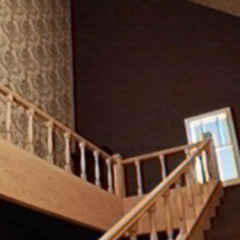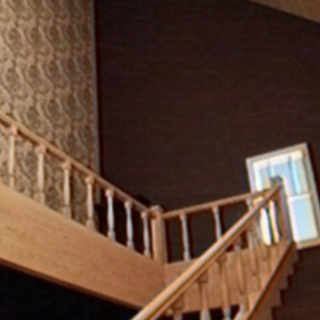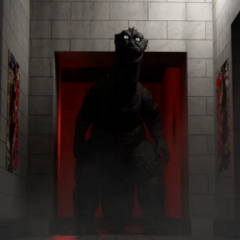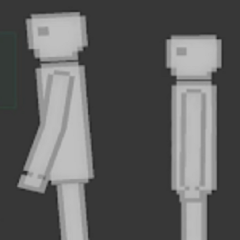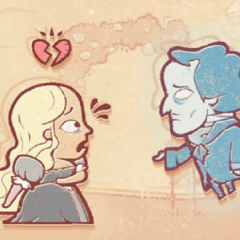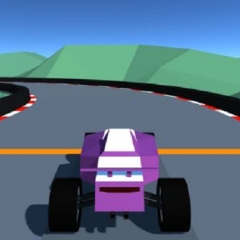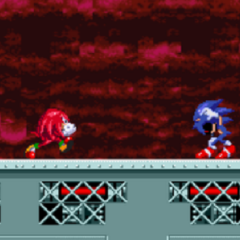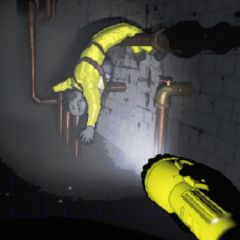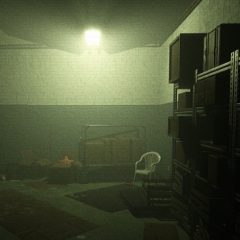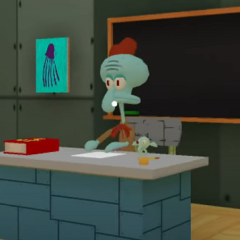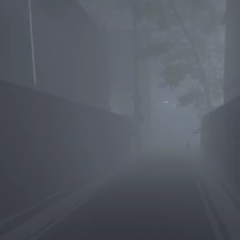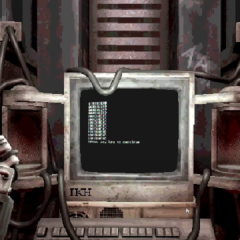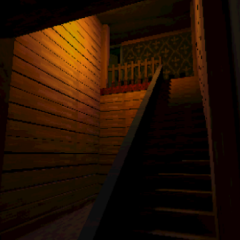Dreamcore is an exploration-focused psychological experience built around liminal environments that bend perception and memory. Players are dropped into massive, maze-like spaces with no dialogue, no map, and no linear objectives. The game relies on unease rather than direct threats, using architectural dissonance and unnatural repetition to evoke tension. Movement is slow and deliberate, reinforcing the idea that progress comes from paying close attention to patterns, shapes, and spatial anomalies.
Levels and Environmental Design
The game’s first areas—Dreampools and Eternal Suburbia—offer contrasting interpretations of isolation. Dreampools presents a soft-lit world of shifting water, endless hallways, and reflective surfaces, where silence becomes part of the environment’s logic. Eternal Suburbia replaces that with repetition and artificial comfort, where familiar suburban features slowly distort as space loops and bends. Both spaces rely on subtle audio and visual cues to shift perception, gradually pushing players into uncertainty without ever announcing a threat.
Atmosphere and Expansion
Dreamcore’s visual style draws heavily from analog media and degraded texture design, creating a distorted, static-filled environment where sharp clarity is never guaranteed. The use of Unreal Engine 5 allows these textures to stretch across enormous open areas without losing depth or contrast. Every level functions as a self-contained world, with new locations planned for future updates. Rather than offering solutions, the game encourages players to sit with discomfort, trace their own paths, and question the rules of the world they’re exploring.

